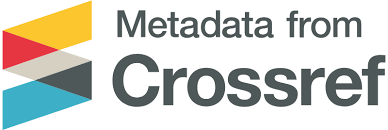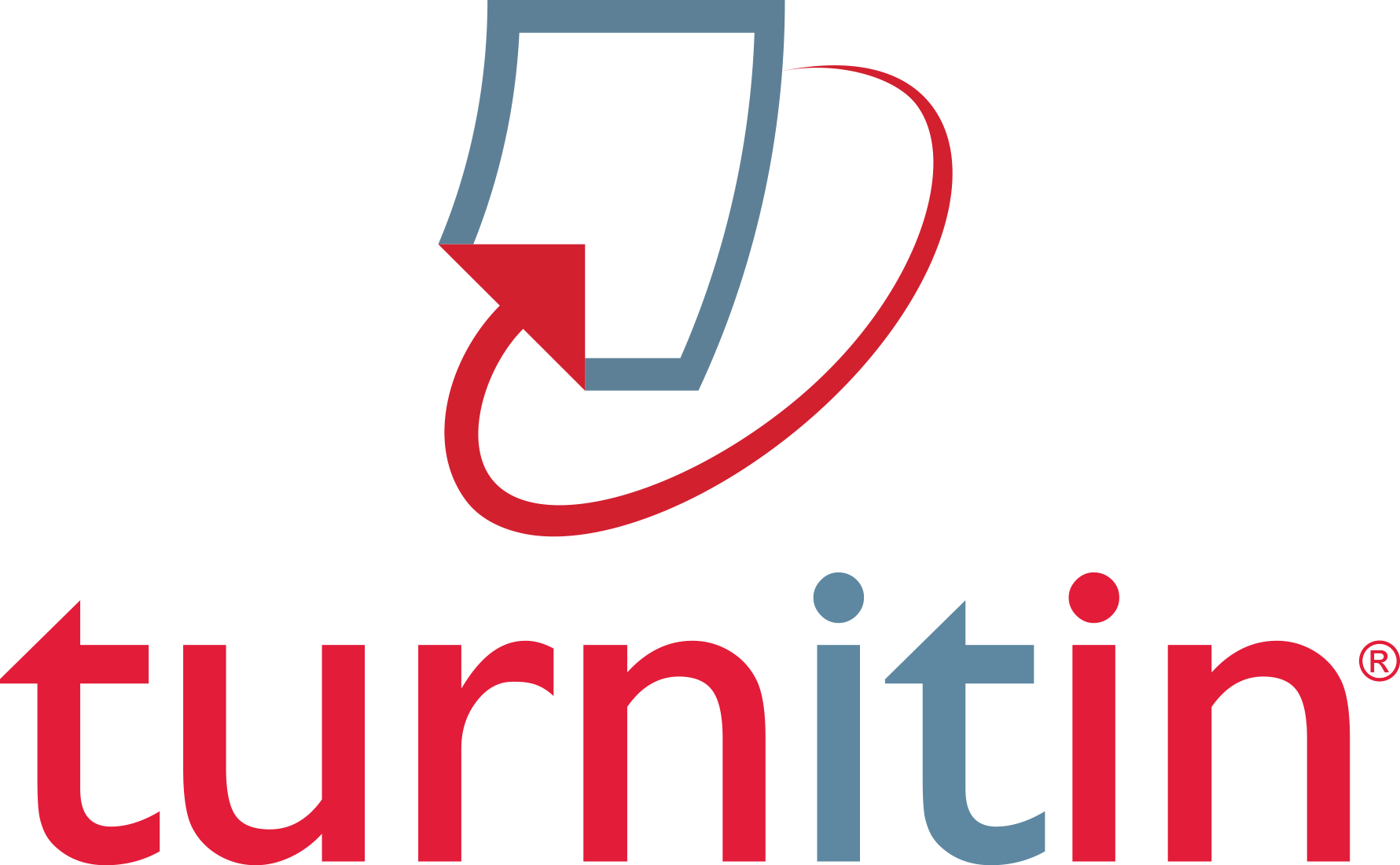UPAYA MENINGKATKAN HASIL BELAJAR MATEMATIKA MELALUI MODEL PROBLEM BASED LEARNING BERBANTUAN GEOMETER’S SKECTHPAD PADA MATERI LINGKARAN KELAS VIII.A SEMESTER 2 SMP NEGERI 1 TANGGUNGHARJO TAHUN PELAJARAN 2019/2020
Abstract
Abstract. The application and aspects of mathematical reasoning have an important role in the mastery of science and technology. This research is a classroom action research. Research objectives: 1) increase learning activities. 2) improve learning achievement. 3) improve the mastery of learning. Learning objectives will be achieved through Geometer's Skectpad assisted Problem Based Learning on circle material. This combination supports the development of the affective, cognitive and psychomotor domains of students. Classroom action research is carried out in Class VIII.A. The research was carried out in two cycles. Each cycle of learning carried out in two meetings. The initial condition of learning activities is less than 80%, the average learning achievement is less than 70, and students who achieve learning completeness are less than 75%. The results obtained after the research: 1) Learning activities. In the Cycle I, the learning activities at the first meeting were 61.09% and the second meeting was 63.81%. In Cycle II, the learning activity at the first meeting was 67.03% and the second meeting was 71.69%. 2) Learning achievement. The average learning achievement in the Cycle I of the first meeting was 70.75. In Cycle II it becomes 72.34. 3) Completeness of learning Cycle I is 66% and Cycle II is 78%. The results showed that the application of Geometer's Sketchpad assisted Problem Based Learning could improve student learning outcomes for Class VIII.A Semester 2 of the 2019/2020.
References
Fink & Stephen, L.(2010). http://edukasi.kompasiana.com/2010/08/08/weleh-weleh-setengah-juta-guru.
Hodiyanto, H. & Danar, S. (2019). Geometer's Sketchpad (GSP) dan Pemahaman Konsep Geometri Analitik Bidang. Vol. 10 No. 2. https://journal.unnes.ac.id/nju/index.php/kreano/article/view/20560/ 25 Oktober 2019.
Ismawati, Mulyono & Hindarto. (2017). Kemampuan Pemecahan Masalah Matematika dalam Problem Based Learning dengan Strategi Scaffolding Ditinjau dari Adversity Quotient. VOL 6 NO 1 (2017): JUNI 2017.
Kariadinata, R. (2011). Kemampuan visualisasi geometri spasial siswa Madrasan. Aliyah Negeri (MAN) kelas X melalui software pembelajaran mandiri.
Kridalaksana. (1985). Tata Bahasa Deskriptif Bahasa Indonesia Sintaksis. Jakarta:Pusat Pembinaan dan Pengembangan Bahasa.
Mashuri, dkk. (2019). PYTHAGORAS: Jurnal Pendidikan Matematika, 14(2), 2019, 112-125. Problem -based learning dalam pembelajaran matematika: Upaya guru untuk meningkatkan minat dan prestasi belajar siswa. Available online at: http://journal.uny.ac.id/index.php/pythagoras
Nurhadi, dkk. (2004). Pembelajaran Kontekstual dan Penerapannya dalam. KBK. Malang: Universitas Negeri Malang.
Purnama, dkk. (2009) . Artikel Efektivitas Komunikasi Pembelajaran melalui Media Website untuk Materi Ajaran Fisika (Kasus Siswa Kelas 3 SMAN 1 Jakarta Pusat). Jurnal IPB Vol. 7 No. 1 : Februari 2009.
https://jurnal.ipb.ac.id/index.php/jurnalkmp/issue/view/876.
Samadhi, A. (2010). Pembelajaran aktif (active learning). Artikel. http://www.ydae.purdue.edu/lct/hbcu/documents/Active_Learning_Creating_Excitement_in_the_Classroom.pdf.
The Geometer’s Skecthpad. (2020). https://sketchpad.keycurriculum.com/.
Diakses 2 Pebruari 2020.
Utecht, J.( 2003). Problem-Based Learning in the Student Centered Classroom. Diunduh dari www.jeffutecht.com/docs/PBL.pdf. Di akses pada tanggal 16 Oktober 2019.
Wardhani, S. (2004). Penilaian Pembelajaran Berbasis Kompetensi. Yogyakarta:PPPG.

This work is licensed under a Creative Commons Attribution 4.0 International License.
Penulis yang menerbitkan karyanya ke jurnal ini setuju dengan persyaratan berikut:
Penulis menyimpan hak cipta dan memberikan hak penerbitan pertama kepada jurnal, dengan karya yang secara serentak dilisensikan di bawah Lisensi: Creative Commons Attribution - Share Alike 4.0 Internasional License yang memungkinkan orang lain membagikan karya dengan pengakuan penerbitan awal dan kepenulisan karya di jurnal ini.











